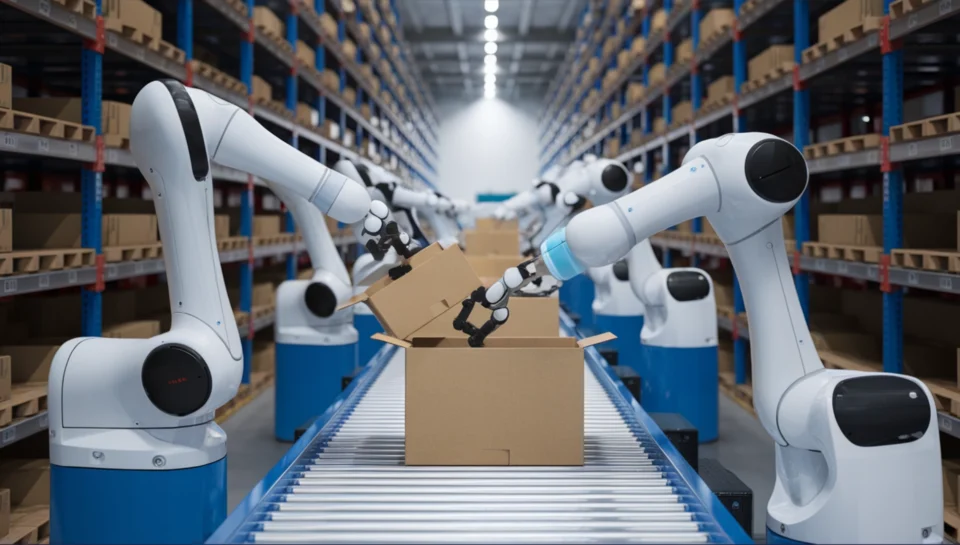Robotics is revolutionizing the retail sector, enhancing both customer experience and operational efficiency. From automated warehouses to in-store robots, the integration of robotics is reshaping how businesses interact with customers and manage their operations.
One of the most significant innovations in retail is the use of robotics for inventory management. Autonomous robots equipped with sensors and cameras can navigate store aisles, scan shelves, and update inventory data in real time. This reduces the time employees spend on manual stock checks and ensures that products are always available for customers. By utilizing AI and machine learning, these robots can predict inventory shortages and reorder items automatically, reducing downtime and improving supply chain efficiency.
In addition to inventory management, robotics is improving the checkout process. Self-checkout kiosks and robotic cashiers are streamlining transactions, reducing wait times, and enhancing customer satisfaction. These technologies enable retailers to handle high volumes of customers efficiently, especially during peak shopping periods. Some stores are even experimenting with fully autonomous checkout systems, where sensors and cameras track customer purchases in real-time, eliminating the need for traditional checkout lines altogether.
Robotics is also enhancing customer service in innovative ways. Service robots are being deployed in stores to assist customers with finding products, answering queries, and even providing recommendations. Equipped with natural language processing capabilities, these robots can interact seamlessly with shoppers, creating a more engaging and personalized shopping experience. For example, in some large retail outlets, robots greet customers at the entrance and guide them to the specific aisles they need, reducing frustration and saving time.
Automated warehouses are another area where robotics is making a substantial impact. Robotic systems are being used to manage storage, retrieve items, and prepare orders for delivery. Companies like Amazon have invested heavily in warehouse automation, using robots to optimize space usage and ensure faster order fulfillment. These advancements are helping retailers keep up with the growing demand for e-commerce and same-day delivery services.
Moreover, robotics is contributing to enhanced security in retail environments. Security robots equipped with cameras and AI algorithms can patrol stores, monitor suspicious activity, and alert human security personnel when needed. These robots not only provide an added layer of security but also reduce costs associated with hiring additional staff.
Despite these advancements, the integration of robotics in retail is not without challenges. High upfront costs and the need for technical expertise can be barriers for smaller retailers. Additionally, there are concerns about job displacement as robots take on roles traditionally held by human workers. However, many experts argue that robotics can complement human labor by handling repetitive tasks, allowing employees to focus on more complex and creative responsibilities.
The future of robotics in retail is promising. As technology continues to advance, robots are likely to become more intelligent, versatile, and affordable. Innovations such as robotic delivery systems, where autonomous vehicles transport goods directly to customers’ homes, are already being tested. These developments have the potential to redefine the retail landscape, creating a seamless and highly efficient shopping experience for consumers.
In conclusion, robotics is playing a transformative role in the retail industry. By enhancing operational efficiency, improving customer service, and driving innovation, robotics is helping retailers adapt to changing consumer expectations and market demands. As the technology continues to evolve, its impact on the retail sector is expected to grow, paving the way for a smarter and more connected future.



